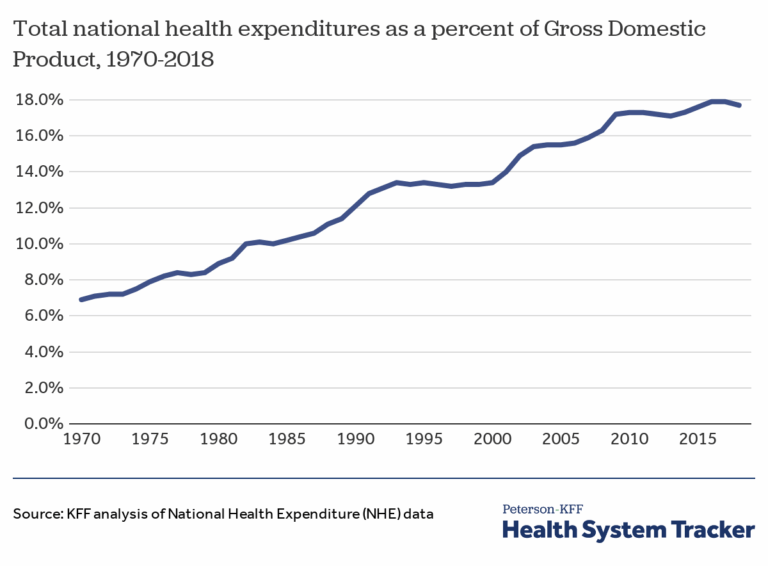What is Direct Primary Care or DPC?
Have you ever visited a primary care provider (PCP) with a list of questions or symptoms, only to be rushed through your appointment and not have time to cover everything? Most people have, and patients aren’t the only ones who don’t like this. PCPs don’t like rushed visits and having to see a high number of patients a day either. To improve this situation, some PCPs began developing Direct Primary Care (DPC) in the early 2000s.
What is a DPC Healthcare Model?
Direct Primary Care (DPC) is a healthcare model spreading in the U.S. where patients pay their PCP a membership fee for greater access and more personalized attention. DPC providers have fewer patients than regular PCPs, so they can spend more time with each one. These providers include physicians as well as other providers like nurse practitioners and physician assistants. They offer primary care services, including the prevention and treatment of illnesses, as well as patient education.
Do Direct Primary Care Providers Accept Insurance?
DPC PCPs do not accept health insurance by definition, as the membership fees pay for their services. (Though some DPC practices may use a hybrid or dual model where they use both DPC and insurance.) Not taking insurance reduces the administrative overhead for providers, saving them money and time. Plus, no insurance middlemen are coming between you and your doctor. However, patients often still have health insurance, such as a high-deductible plan, to pay for specialists, hospitalization, and other services not included in DPC.
How is Direct Primary Care Different from Concierge Medicine?
DPC is similar to another term you may have heard, concierge medicine. They both require membership fees, offer personalized service, and offer greater access to providers. However, concierge medicine providers usually do accept insurance and file claims for services not included in the membership fee. Some other differences between the two models are that concierge medicine fees are normally higher than DPC fees, and concierge medicine offers even greater access to providers and more personalized attention.
Pros and Cons of Direct Primary Care
DPC Pros
There are several positive aspects to using DPC, including:
- Better patient-doctor relationship: With fewer patients and less paperwork, DPC doctors have more time for longer appointments to share information and get to know you better. This allows them to have a better understanding of your health, goals, and concerns.
- Easier access to care: DPC usually means you can schedule primary care appointments much sooner and have direct contact with your doctor for questions or urgent concerns between appointments. This often includes contact via phone, email, text, and sometimes online visits.
- No insurance middlemen: Since you are paying your physician directly, you don’t have to worry about preauthorizations, denials, coverage gaps, or surprises common with insurance.
- Transparent costs: A set monthly, quarterly, or annual membership fee covers most basic care, like check-ups and managing ongoing conditions, so you avoid co-pays, deductibles, and surprise bills.
- Often cheaper than insurance: For those who cannot afford insurance, a DPC membership can be a less expensive alternative for obtaining primary care, potentially helping you avoid medical debt.
- Focus on prevention and staying healthy: Regular, easy-to-get care and longer visits in DPC encourage taking charge of your health and catching problems early.
- Compatible with health savings accounts (HSAs): Starting January 1, 2026, people with HSAs can use HSA funds to pay for DPC fees up to certain amounts. In other words, DPC fees will now be “qualified medical expenses” for HSAs. People enrolled in most DPC plans will also be eligible to qualify for HSAs if they have a high-deductible health plan, while they could not previously.
DPC Cons
There are some negatives of DPC or things to consider before signing up.
- Not available in all communities: Currently, there are over 2,500 DPC practices, but not everywhere in the U.S.
- The cost of membership fees: The DPC fee is an extra healthcare expense on top of any insurance premiums and costs you may have to pay for other types of care.
- DPC doesn’t cover all healthcare needs: DPC focuses on primary care. Members may still want or need health insurance for other services like surgeries, specialist visits, hospital stays, and emergency care. These services are not as common as primary care but can be much more expensive.
- Fees don’t count towards insurance deductibles: DPC fees usually do not count towards the deductible of a separate health insurance plan.
Article by Lauren R. Jahnke, MPAff, Author of Decoding Health Insurance and the Alternatives: Options, Issues, and Tips for Saving Money.
Disclosure: AI tools were used to assist with researching and writing this article, but human subject matter experts always extensively revise, edit, fact-check, and approve our content.
Decoding Health Care provides independent and educational information and does not endorse any specific insurance plans or other health coverage products.






